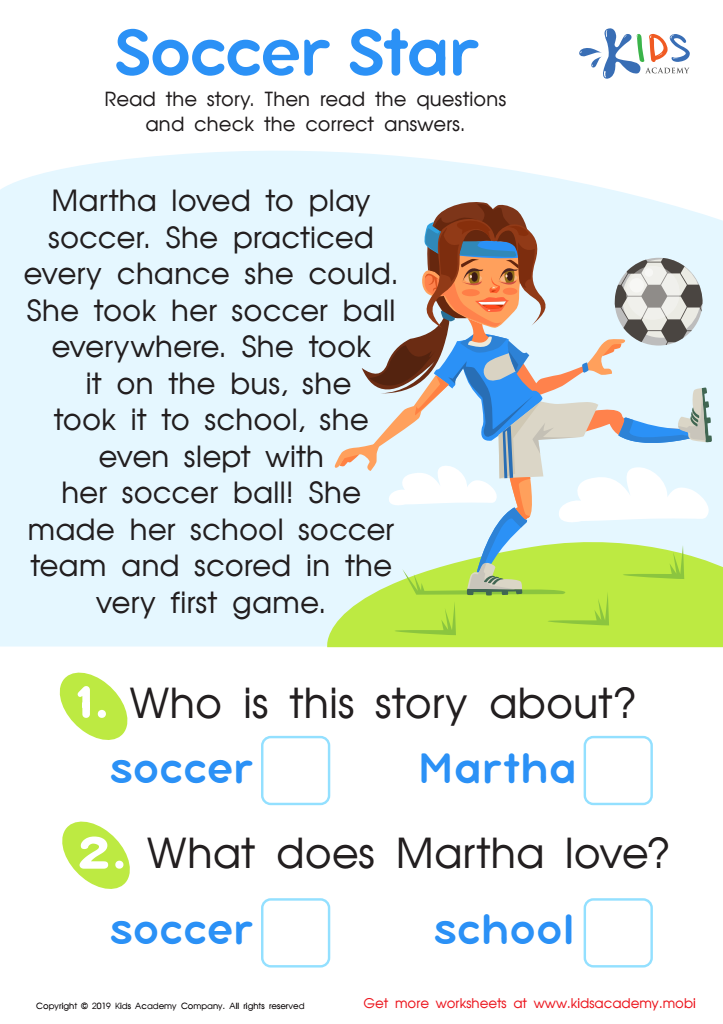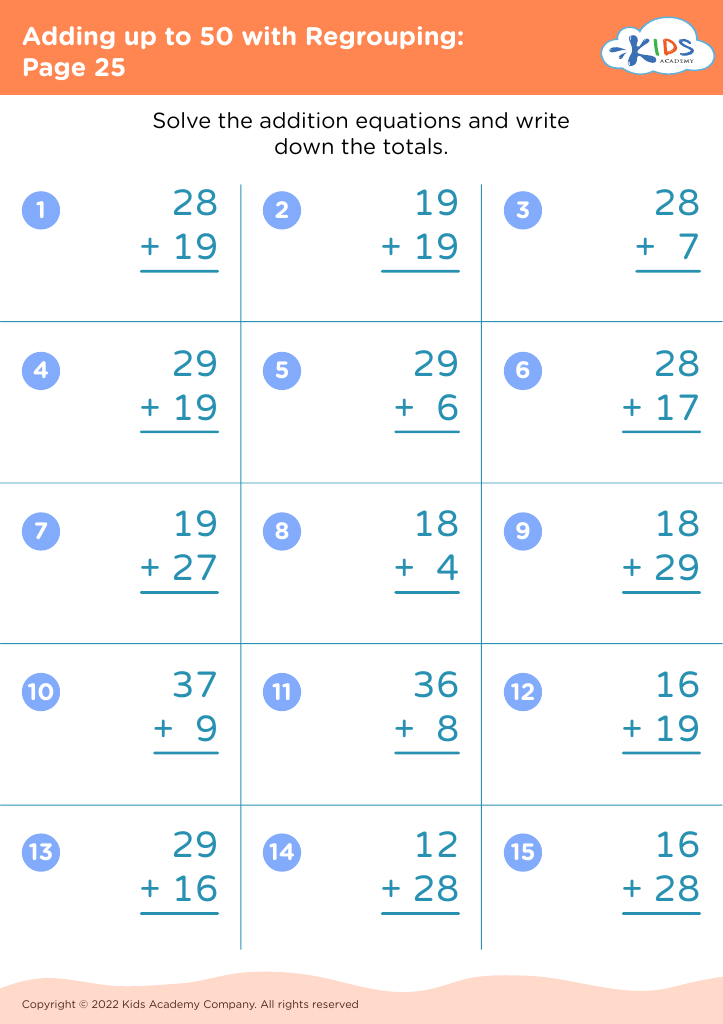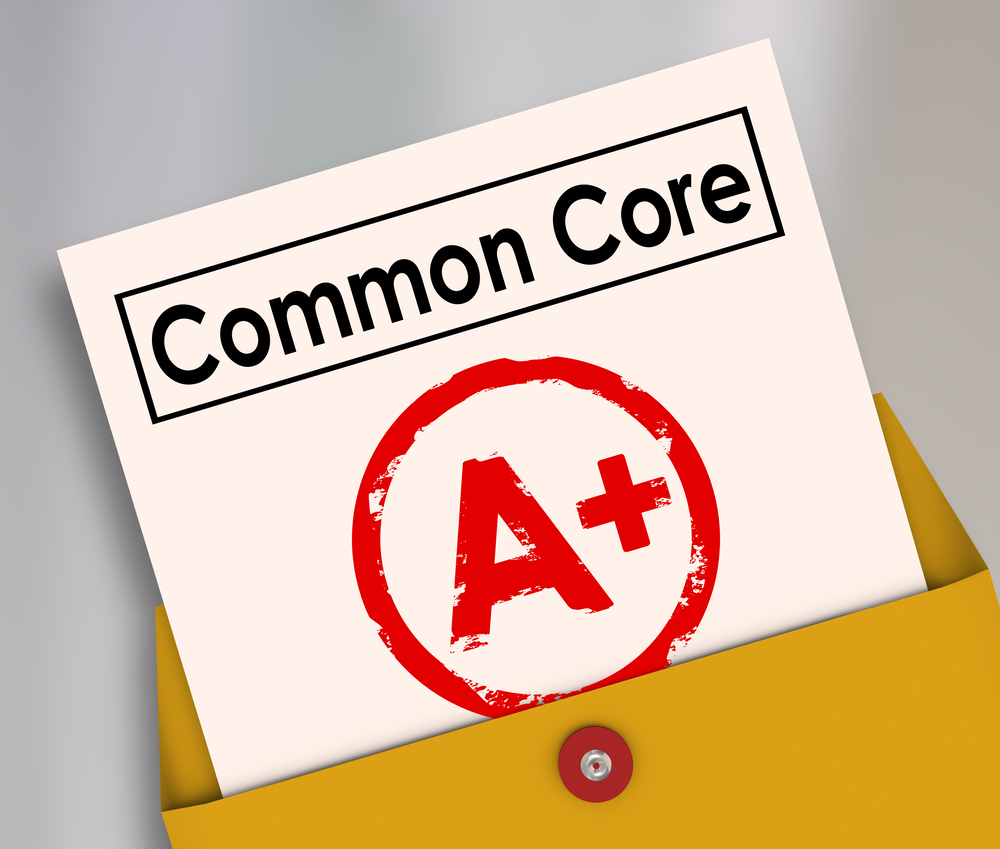Understand number sequence Worksheets for Kids
2 filtered results
-
From - To


Soccer Star Worksheet
Question/Answer
What are some effective activities to train students’ Understand number sequence skill when teaching them about Reading Fiction?
To train students' understanding of number sequences in the context of reading fiction, engage them in activities that involve sequencing story events. For example, use sentence strips or cards with key plot points and have students arrange them in order.
What does the Understand number sequence skill mean when it comes to Grade 2 Reading Fiction learning?
The "Understand number sequence" skill in the context of Grade 2 Reading Fiction learning typically relates to the ability of students to comprehend and follow the sequence of events in a story. This means recognizing the order in which things happen, which is crucial for understanding the plot and the relationships between different parts of the text.
How to test a Grade 2 student’s Understand number sequence skills?
To test a Grade 2 student's understanding of number sequences, give them a series of numbers with a missing number or numbers and ask them to fill in the blanks. For instance, present sequences like 2, 4, __, 8 or 10, __, 30, 40, focusing on patterns such as counting by twos, fives, or tens.
 Assign to the classroom
Assign to the classroom













